The Wolf Post offers a professional service with free access, without subscription.
For this reason, a donation would also be a sign of appreciation for our work.
The Pioneers first came to Mendocino County in 1830. The discovery of gold brought about radical change in the area that had remained undisturbed for centuries as the homeland of the native Pomo Indians. As people from all over the globe settled in the land of California in search of wealth the need to find new lands for agriculture and ranching became more and more urgent.
Among internal immigrants, Walter Anderson’s family from Missouri was destined to leave its indelible mark on Mendocino. Walter and Rhoda Anderson, arriving in 1845, saw new lands and new opportunities for their children. Within California itself the Andersons traveled a long way before finding the place they called home. It was Walter’s sons going hunting one day to discover a rock ledge at the top of a ridge. They were delighted to see a long valley extending to the northwest, surrounded by thick woods on the southwest side and grassy hills on the northeast. The young hunters went down to the valley floor and found plenty of meadow grass and water for the cattle. Deer, elk, bear and small wild animals roamed the surrounding valley and hills. They camped for several days, exploring and marveling at natural wonders that had perhaps never before been seen by white men. As soon as they were reunited with the rest of the family, they recounted their discovery. Within days, the Andersons were on their way to making that valley their home. That valley would later be known as Anderson Valley.
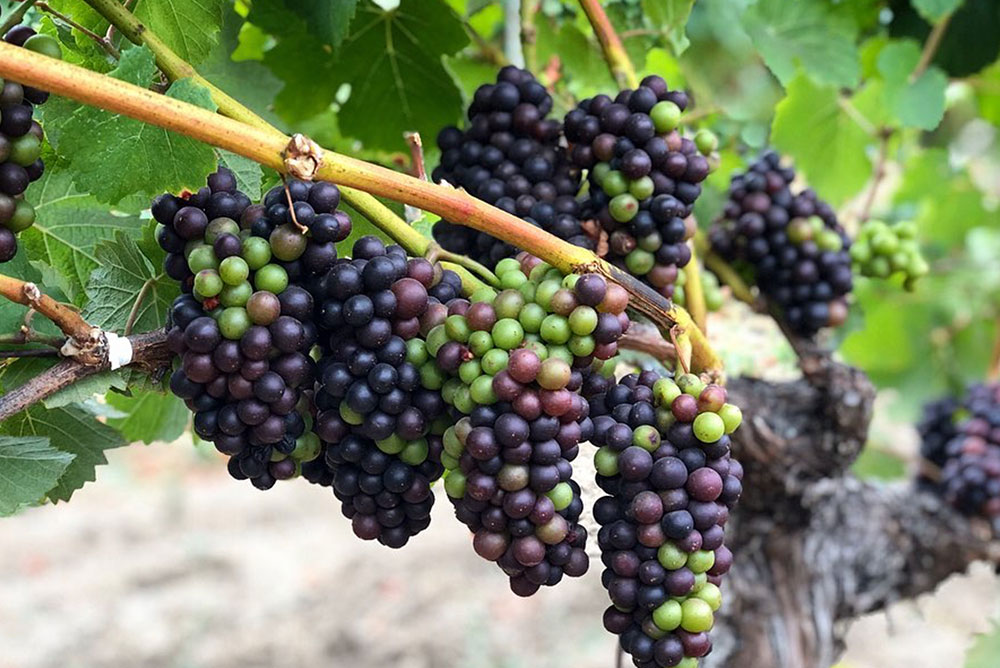
©Anderson Wine Valley
The same beauty and abundance that attracted the Andersons soon attracted other settlers and, in a short time, a thriving agricultural community was born. Many of them were European and brought their knowledge on the cultivation of orchards, vineyards, cereals…
The first alcoholic beverage industry arose right in the Anderson Valley, from beer to brandy, although wine was still relegated to domestic consumption. The difficulty was that, apart from a few Swiss settlers, the majority came from the eastern United States, where there was no tradition of making wine. Another limitation was the climate. The few who had tried to go into European (vinifera) grape growing in Anderson Valley had problems with ripening and frost.
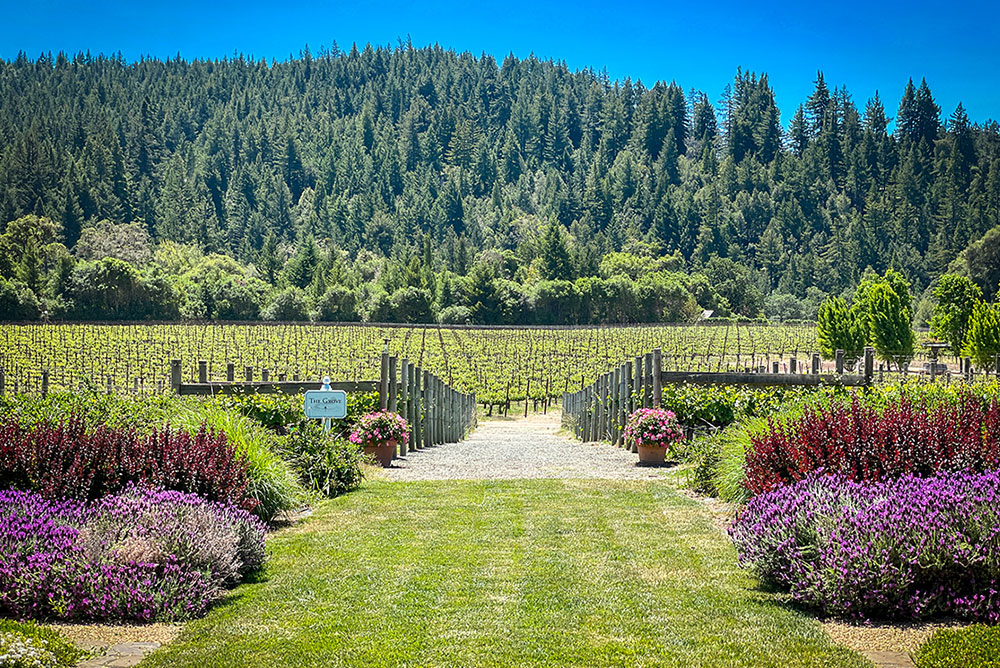
©Anderson Wine Valley -Goldeneye view
Something began to change at the end of the 19th century when a large group of Italians settled in northern California, in particular in Greenwood Ridge whose port connected with Anderson Valley, a road distance of about 18 miles. The climate was very different from Anderson Valley proper. The non-existent frosts, the very generous sun, and the proximity of the Pacific Ocean prevented extreme peaks in temperatures. The Italians found ideal conditions for growing grapes.
The agricultural activity of Angelo and Rosie Frati soon became known in the area, producers of wine and bread who sold in the Valley with an ever growing market.
In the meantime, the area was being modernized with the construction of railways and other sawmills but soon the Italian-Americans decided to devote themselves more and more to the production and sale of wine, followed later by some local natives as well.
The importance of the Italians in disseminating the wine culture of the area was soon recognized by the community which, with the term Iteland, indicated the wine grape while the expression Frati shams was the recognition of the pioneering contributions of the Frati family to local viticulture.
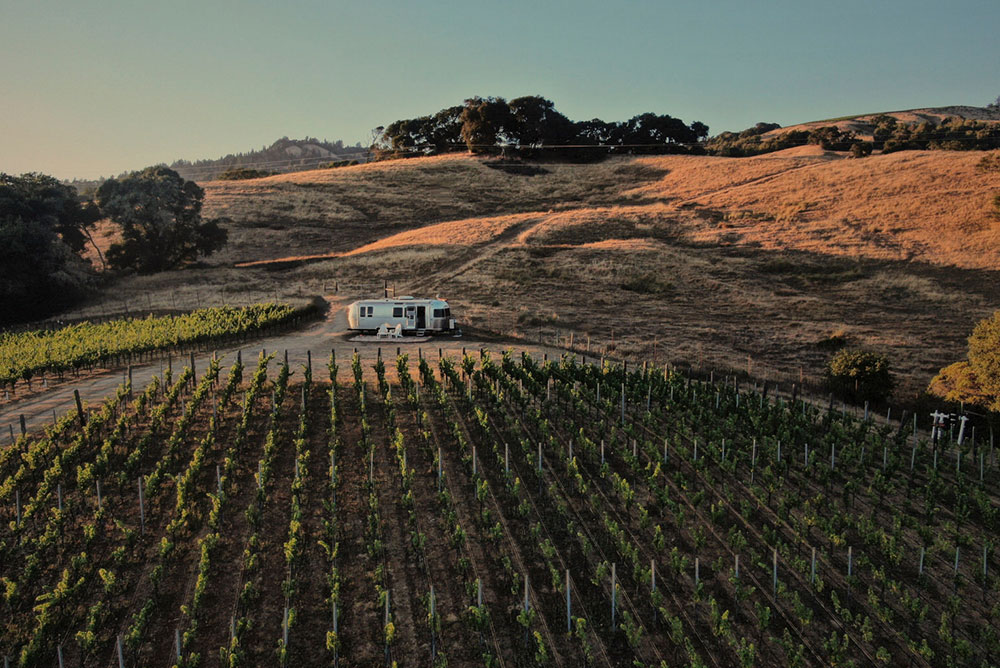
©Anderson Wine Valley-Craftsman cottage
The prohibition era was the cause of a crisis, despite the fact that many producers secretly sold wine and grapes. The wine crisis of the decade prompted many winemakers to drop the vines to make way for orchards. Others sold the farms. Some, however, hoped for a better future. Among them John and Rosier Pardini who, in 1922, despite the Prohibition that had just been enacted, planted a new vineyard.
After prohibition, the Anderson Valley was ready to start again, being able to enjoy a transport network suitable for transporting grapes in a short time. Recovering took time and a lot of effort but the choice of John Pardini had proved to be wise.
After the Second World War it was still the Italians who focused on the potential of the Valley.
Swiss Colony, a winery located in the northern Sonoma County town of Asti, purchased 200 acres of flat land (currently home to Anderson Valley High School) and began planting approximately 100 acres of Ugni Blanc and French Colombard l ‘next year. The company also signed contracts with a number of Anderson Valley landowners, guaranteeing the purchase of their grapes for 15 years. In addition, the company agreed to pay transportation costs plus a two-dollar-per-ton premium if producers planted some high-yielding vines.
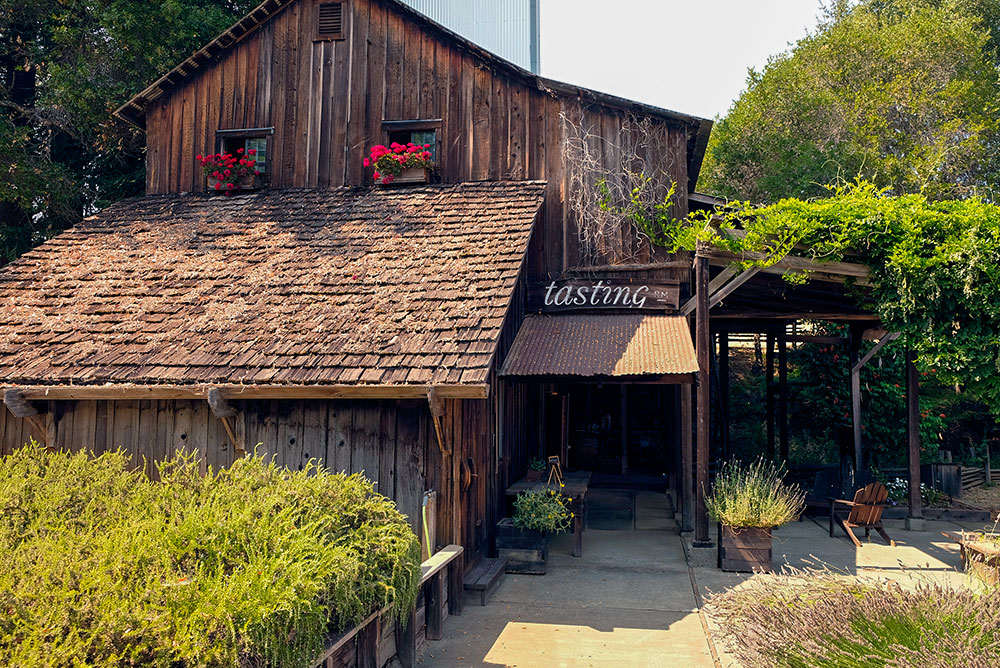
©Anderson Wine Valley-Phillips hill tasting room
Unfortunately, the project was unsuccessful as the varieties chosen by the company never gave exceptional results. The company sold the land where the school and a residential area were built. Furthermore, phylloxera and other parasites convinced other producers in the area to give up.
In 1964, the modern era of viticulture and winemaking began in Anderson Valley. In that year, Southern California physician Dr. Donald Edmeades planted 24 acres of premium wine grapes, confident of studies by researchers at the University of California who had concluded that, with the right varieties, Anderson Valley had the grounds for successful winemaking, despite the limitations of climate being recognized as well.
Edmeades planted four varieties of wine grapes. Gewurztraminer was one of those recommended by the studies but Edmeades’ real bet was to choose Cabernet Sauvignon as the main red grape variety. Within a few years, other vintners followed Edmeades’ lead. For the first few years, Dr. Edmeades sold the fruit from the family vineyard to wineries outside the Valley. Soon, he decided to crush and ferment himself. When he passed away, his son Deron led the winery, continuing his father’s dream.
The quality of Anderson Valley’s early wines proved promising, encouraging others to try their hand at winemaking. Within a few years, many agricultural entrepreneurs joined the wineries that had sprung up in the area.
Edmeades was among the first to create a guild with other winemakers to disseminate the wines of the area and sell them to wealthy residents or visiting tourists.
The 1980s saw the expansion of Anderson Valley wineries on a scale that seemed nearly impossible a decade earlier.
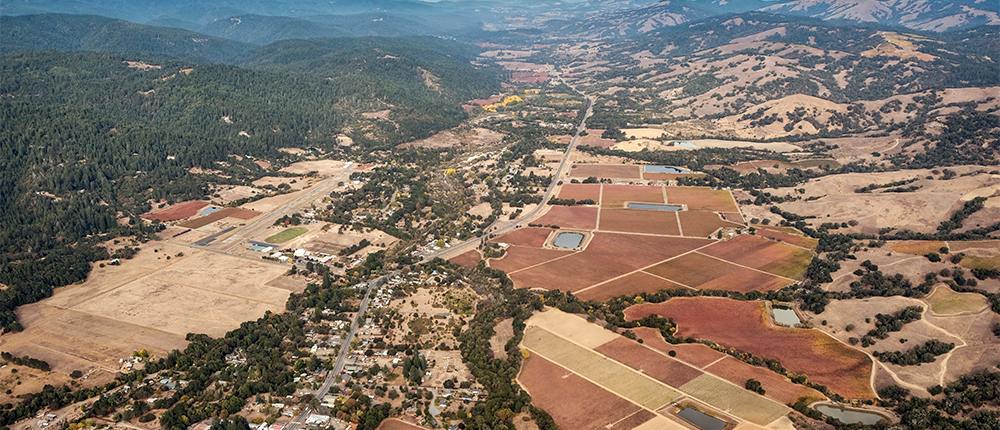
©Anderson WineValley
In 1998, the Anderson Valley Winegrowers Association established the Anderson Valley Pinot Noir Festival to showcase Pinot Noir’s growing reputation as a producing appellation.
Anderson Valley has also become famous for its Alsatian-style white wines, made from Gewürztraminer, Pinot Gris, Pinot Blanc, Riesling and Muscat. Due to the cold climate of the appellation, these varieties grow very well and produce sparkling and aromatic wines loved by many. To celebrate these wines, the AVWA began hosting the International Alsace Varietals Festival starting in 2006.
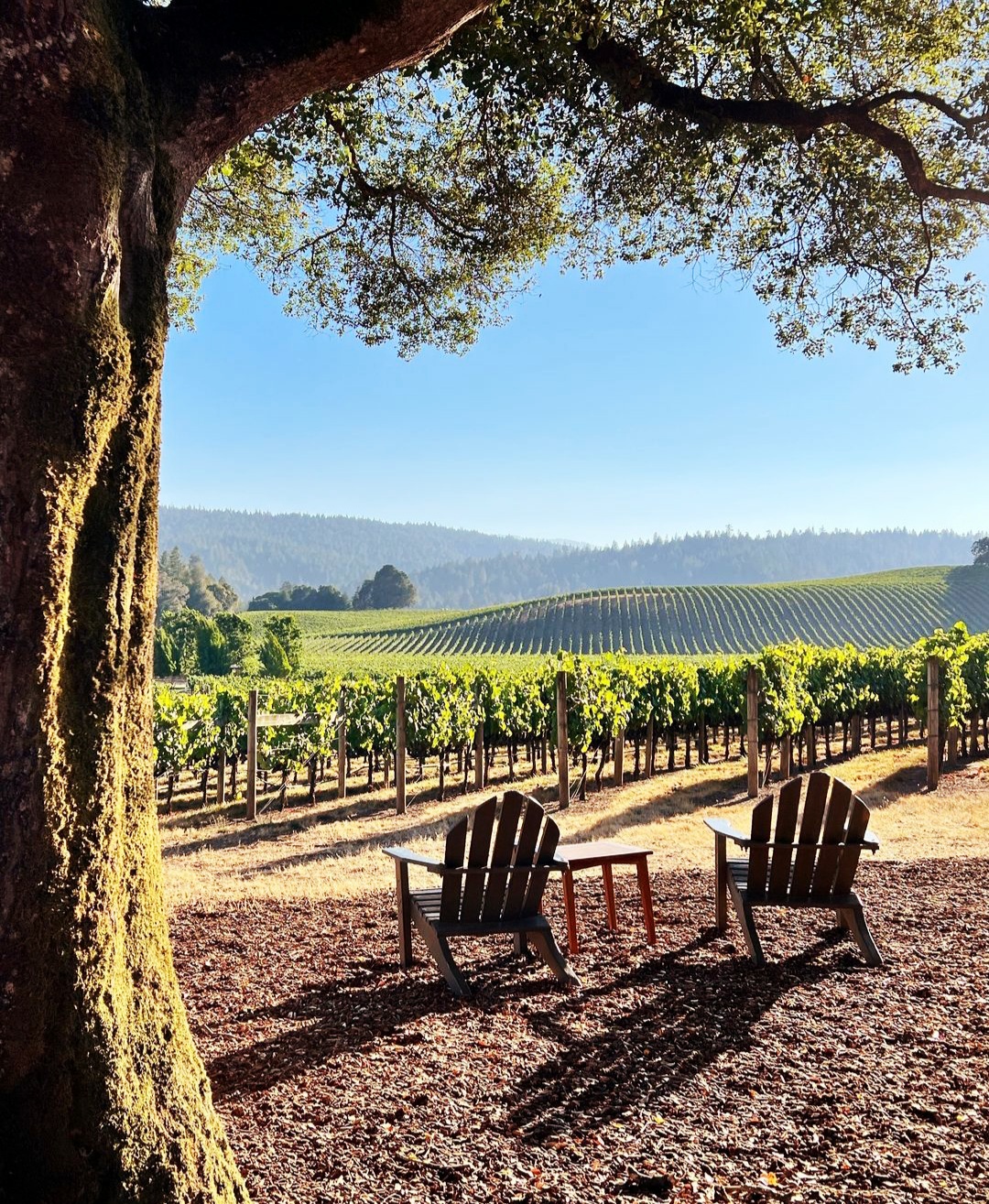
©Anderson Wine Valley
Anderson Valley is a wine region with an ancient history of bets, failures, successes and planning. A community born from the tenacity of settlers, natives, immigrants that makes the valley unique in the world. Anderson Valley is also far removed from major cities and major highways than most popular wine regions on the west coast. This isolation has profoundly marked the history of the valley and guarantees a remarkable quality of the air and land.








